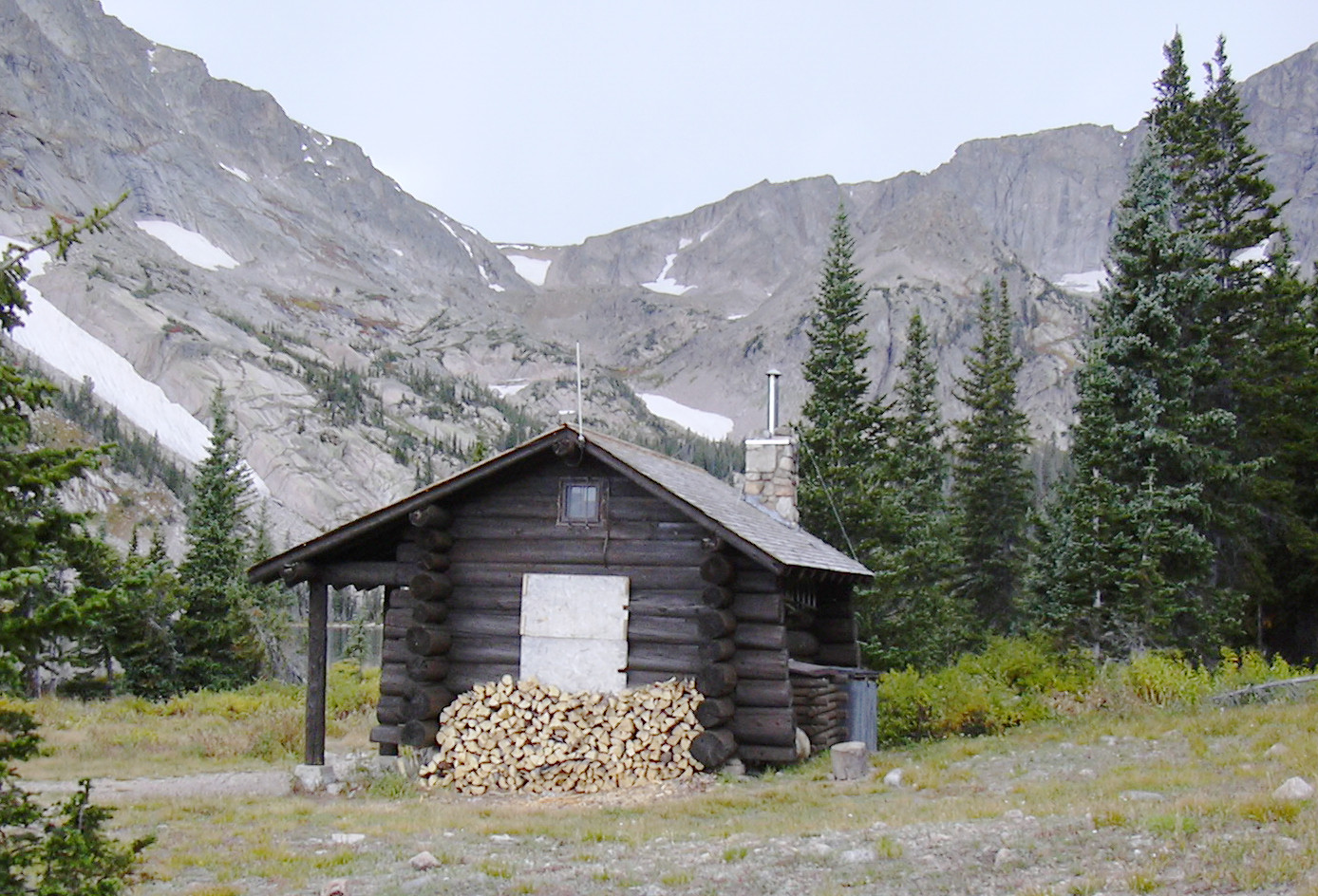It's winter in Colorado. Time to crank up the furnace and blow some hot air around, but is this really the best way to heat a house? It's called forced air heating, and most houses in Colorado seem to use it.
What's wrong with it? To begin with, air is a terrible way to try to transfer heat. It's not easy to heat up air. It has a low thermal conductivity and specific heat. But the worst thing is that it's a gas that can easily pass through cracks around the doors and windows. And yes, you do have to have cracks.
The house has to be able to exchange air with the outside or you will die. If it's completely sealed the pressure will increase as the house is heated, the walls will start to bulge, and may eventually explode, but you would probably be dead way before that happened due to the increased pressure and the build up of CO2 and other gases.
So what happens thermodynamically when you heat a house with forced air heating? For simplicity, let's assume we have only a one room cabin. This is essentially a box with rigid walls that have some holes and cracks around the windows and doors. The holes and cracks will keep the pressure inside and outside the room equal. This simply means that inside air can escape, and outside air can come in. So our thermodynamic system is a container that holds air at constant pressure and volume, but with variable mass or number of moles.
 Thunder Lake Patrol Cabin, Rocky Mountain National Park, Oct 1, 2011
Thunder Lake Patrol Cabin, Rocky Mountain National Park, Oct 1, 2011
Air, at the terrestrial temperatures and pressures that human beings find comfortable, is very nearly an ideal gas. So we can use the ideal gas law, to relate the temperature and number of moles to the pressure and volume as follows:
\(nT=\frac{pV}{R}\)
where: \(n=\) number of moles, \(T=\) temperature in degrees Kelvin, \(p=\) pressure, \(V=\) volume, \(R=\) gas constant.
The right hand side of the equation is a constant, so it is telling us that if the temperature is to go up, the amount of gas in the room must go down. What effect does this have on the internal energy of the air in the room? The internal energy of an ideal gas is proportional to the temperature and the amount of gas. We can write this as the following equation
\(u=cnT\)
where: \(u=\) internal energy of the air in the room, \(c=\) molar specific heat at constant volume.
Substituting for \(nT\) from the ideal gas law, we get
\(u=\frac{cpV}{R}\)
The right side of this equation is a constant, so the internal energy remains constant. This means that all the heat energy used to raise the air temperature will escape to the outside through the holes and cracks in the walls (assuming for simplicity that the walls are perfect insulators so no heat conduction through them is possible). We do end up with air at a higher temperature, but there is less of it so the total energy remains constant.
This suggests that a possibly more efficient way to heat the room may be with radiant heat. A radiant heater emits infrared radiation. Air is composed mostly of nitrogen and oxygen, and these gases do not absorb the infrared radiation put out by these heaters, but the objects and the people in the room do. The air will of course heat up by thermal contact with the heater and the objects and people in the room, but it will never get as hot as the air blowing out of a furnace vent.
If you're interested in reading more about this subject, here are a couple of references:
Why do we have Winter Heating?, R. Emden, Nature 141, 908–909 (1938).
Thermodynamics of heating a room, H. J. Kreuzera and S. H. Payne, American Journal of Physics 79, 74 (2011).
© 2010-2021 Stefan Hollos and Richard Hollos
Tweet

blog comments powered by Disqus